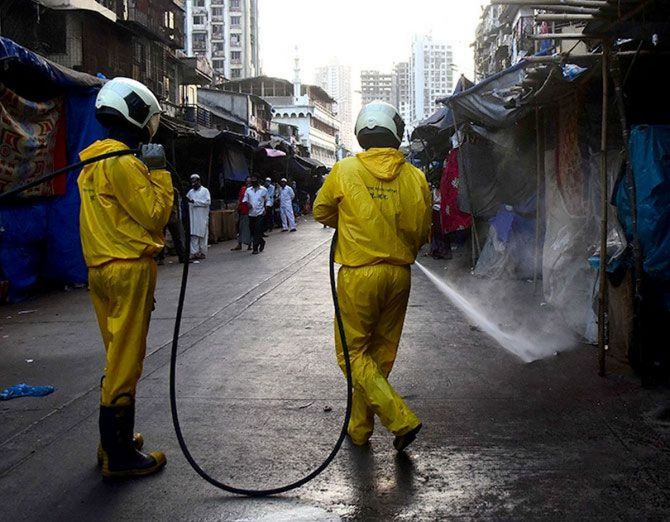Wastewater containing coronaviruses, such as the one behind the COVID-19 pandemic, may be a potential threat, according to a new review of studies which calls for additional filtration steps in sewage treatment plants to successfully remove viruses.

The research, published in the journal Nature Sustainability, by an international collaboration of 35 researchers, assessed recent studies on coronaviruses in wastewater.
According to the review research, conventional wastewater treatment provides only partial removal of coronaviruses, with safe disposal or reuse depending on the effectiveness of final disinfection.
"There is ample reason to be concerned about how long coronaviruses survive in wastewater and how it impacts natural water sources," said study lead author Edo Bar-Zeev from the Ben-Gurion University of the Negev (BGU) in Israel.
"Can wastewater contain enough coronaviruses to infect people? The simple truth is that we do not know enough and that needs to be rectified as soon as possible," Bar-Zeev said.
According to the scientists, sewage leaking into natural watercourses might lead to infection with the novel coronavirus SARS-CoV-2 via airborne spray.
They said treated wastewater used to fill recreational water facilities, like lakes and rivers, could also become sources of contagion, adding that fruits and vegetables irrigated with this water may also be an indirect infection route.
The scientists recommended immediate, new research to determine the level of potential infection, if any, and how long coronaviruses last in various bodies of water and spray.
"Wastewater treatment plants need to upgrade their treatment protocols and in the near future also advance toward tertiary treatment through micro- and ultra-filtration membranes, which successfully remove viruses," the scientists noted.
They added that wastewater can also be used to monitor or track COVID-19 outbreaks.
Using a new methodology, the researchers recently detected and traced the presence of the novel coronavirus, and calculated its concentration to pinpoint emerging COVID-19 hotspots.











 © 2025
© 2025